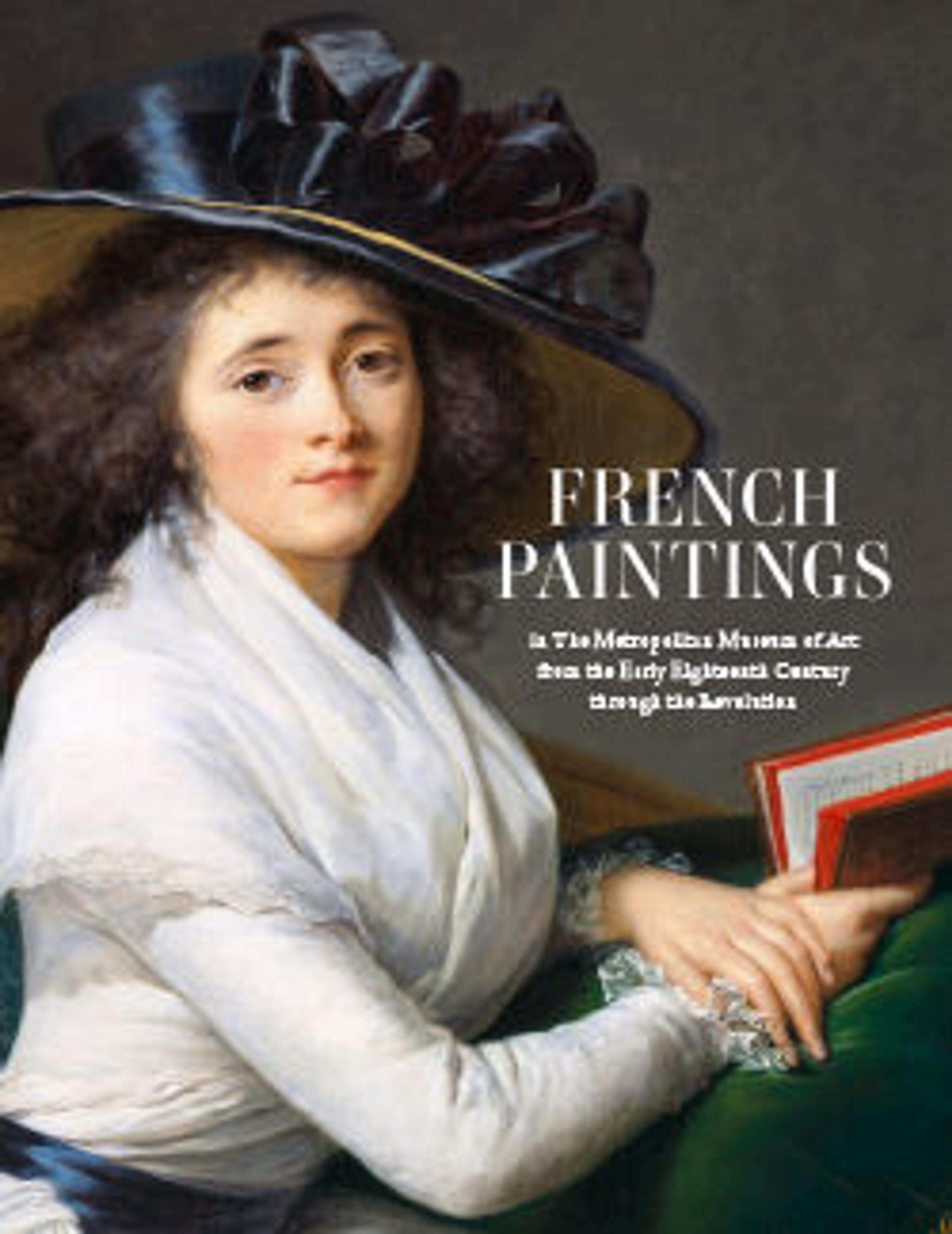Halt of the Hunt
Hunting was an aristocratic activity regulated by the king, who often led large hunting expeditions several times a week. This elegant picnic taken mid-hunt derives from Antoine Watteau’s fêtes galantes, but teems with contemporary detail, including a Black, likely enslaved, servant dressed in exoticized costume. This oil sketch’s verve and freshness reflect its status as a study to prepare for a large, closely related painting that was installed in the paneling of Louis XV’s dining room at the Château de Fontainebleau in 1737.
Artwork Details
- Title: Halt of the Hunt
- Artist: Carle (Charles André) Vanloo (French, Nice 1705–1765 Paris)
- Date: ca. 1737
- Medium: Oil on canvas
- Dimensions: 23 1/4 x 19 1/2 in. (59.1 x 49.5 cm)
- Classification: Paintings
- Credit Line: Wrightsman Fund, 1995
- Object Number: 1995.317
- Curatorial Department: European Paintings
More Artwork
Research Resources
The Met provides unparalleled resources for research and welcomes an international community of students and scholars. The Met's Open Access API is where creators and researchers can connect to the The Met collection. Open Access data and public domain images are available for unrestricted commercial and noncommercial use without permission or fee.
To request images under copyright and other restrictions, please use this Image Request form.
Feedback
We continue to research and examine historical and cultural context for objects in The Met collection. If you have comments or questions about this object record, please contact us using the form below. The Museum looks forward to receiving your comments.
